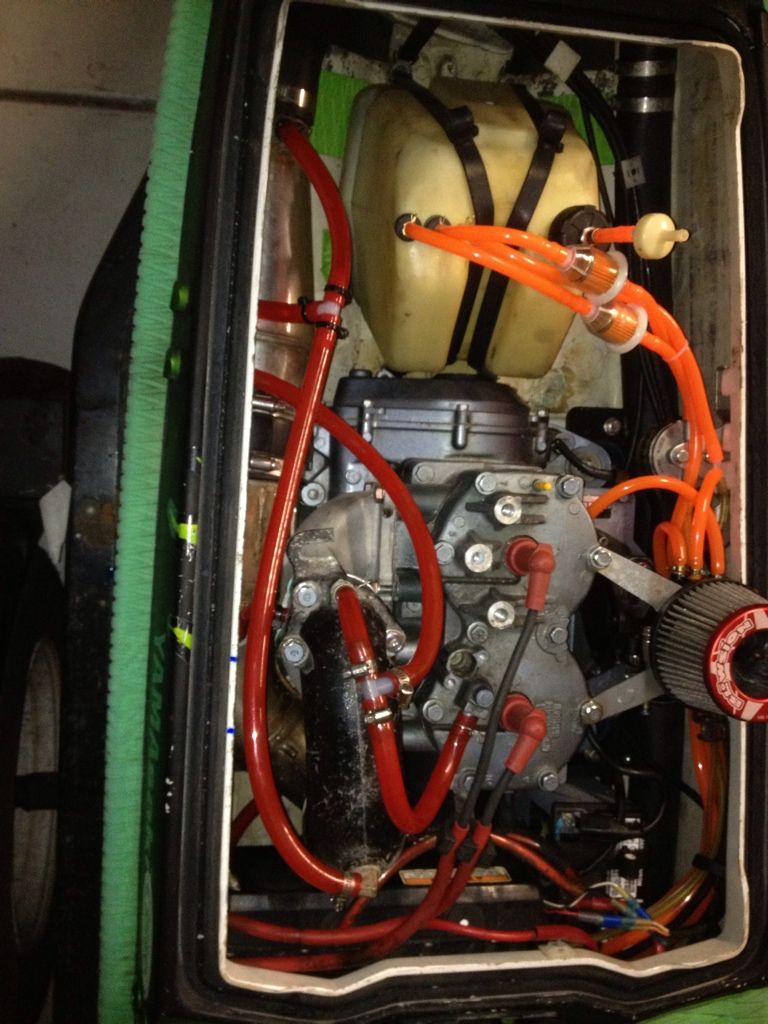BrightE's
Paul
- Location
- Seattle, WA
Quick question over here - Is replacing the OEM pulse line with the much flimsier and thinner PVC (fuel lines) an adequate switch? The thinnner fuel 1/4" fuel line seems to fit the brass carb fittings just fine but I am concerned about it stretching (radially) and affecting my pop-off pressue.
I ask because my GF's 650 Superjet is all stock, so it has a pretty high stock pop-off pressure of 50psi.
Cheers.
I ask because my GF's 650 Superjet is all stock, so it has a pretty high stock pop-off pressure of 50psi.
Cheers.


